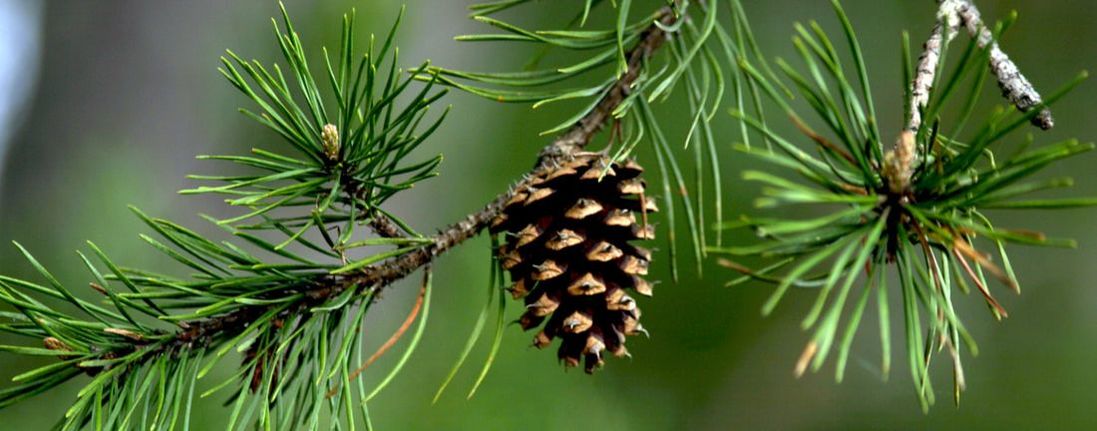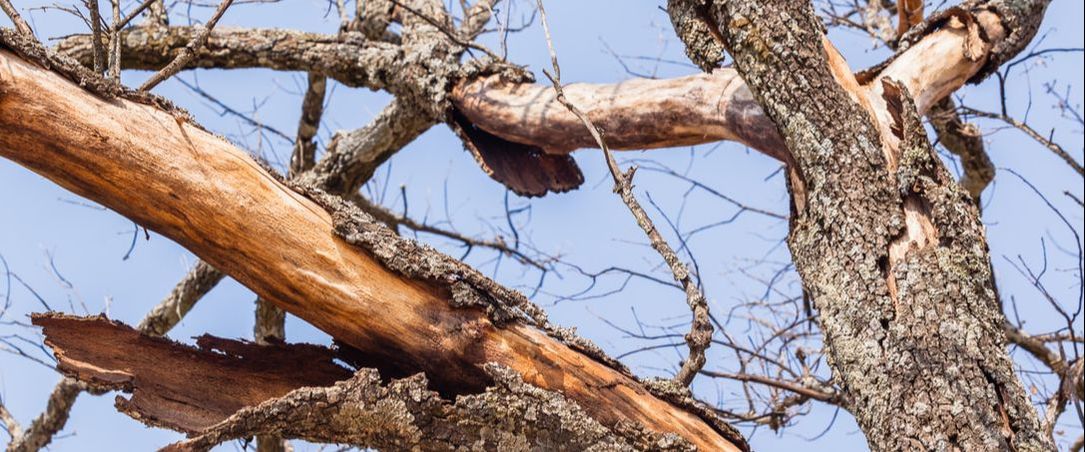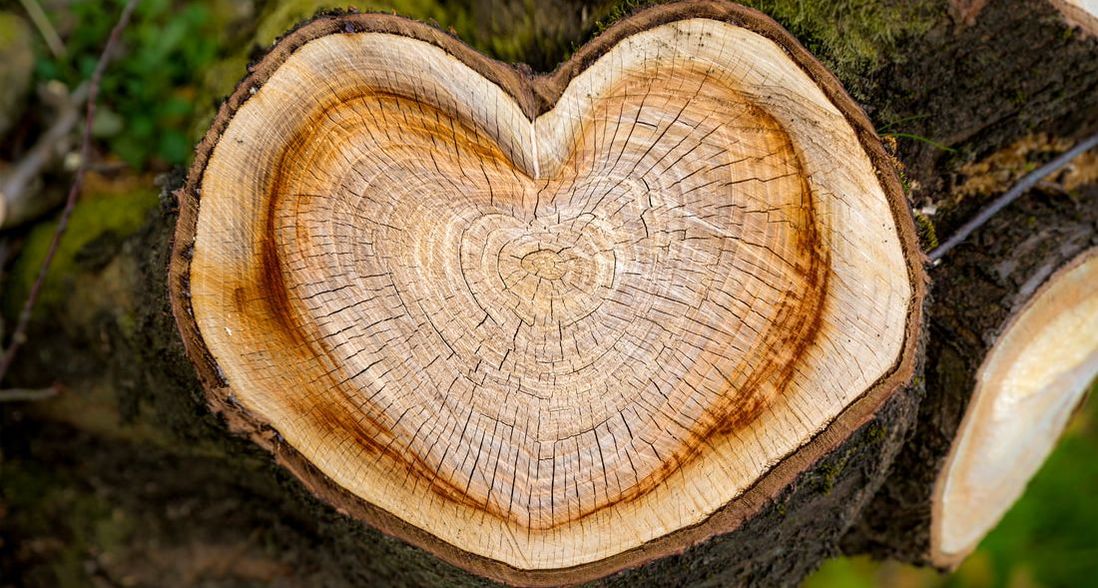|
Evergreen trees live in all climate types. They are different from deciduous trees since evergreens maintain their needles all year around. Evergreens don’t lose needles during the fall but adapt to the shifting seasons without their limbs not getting barren during the winter months.
Identification Evergreens can absorb water and light, holding both in reserve to draw on when those crucial resources aren’t available. Various sort of evergreens adapts to the environment in which they grow and have a continuous energy supply that keeps them completely stocked with needles every day of the year. Considerations The design of the evergreen needles makes it possible for the trees to retain water. They’re much littler than leaves on other trees and have a wax-like coating that helps keep water. The size of the needles also allows the limbs to keep less snow in the winter, so the branches are less likely to bend and break. Misconceptions The constant supply of needles on evergreens offer the appearance that these trees never shed their leaves, but that is not the case. Some leaves can last as long as 15 years. On the other hand, some might need to replace their full supply in a year. Many homeowners have a pine or spruce tree in their landscapes. These trees are generally called evergreen since they always appear green, unlike trees such as ash or maple that leaves fall off every autumn. Evergreens have folks believing the needles last forever. Therefore, some people get worried when they see any needles on the tree become brown and fall. If you are scared your tree might have a disease, ask an arborist to perform a tree inspection. Is Needle Dropping from Evergreens Normal? Like any plant, evergreens can succumb to environmental stresses, diseases, and insect instigating new needle drop. The question then becomes, “How do you know if needles falling from an evergreen is normal?” Evergreens lose needles around the same time in the fall as other trees. Needles that fall will be those closer to the trunk, not the ones on the outer parts of the branches. If an evergreen tree appears green from a distance, then there’s nothing wrong. If you aren’t sure how to detect a diseased tree, you’re not by yourself. Most Rochester property owners don’t identify the signs of disease in their trees until they call a tree specialist.
Do your best to watch for warning signs of a diseased tree to stop it from dying and damaging your property. If a dead tree falls onto your house, it will result in pricey damages. Consider removing the tree before it falls by calling a Tree Removal Specialist. Below are some signs of a diseased tree: Seeping Fluid If you see fluid coming out of your tree, it could have alcoholic slime flux. In serious cases, excess fluid pools around the tree’s base. This fluid usually leaves dark streaks down a tree’s bark and has a sour odor. Most trees with alcoholic slime flux start to create fluid in the summer and spring. Bark is Peeling An indication that your tree has a disease is the bark is peeling. The bark on your tree is critical. It safeguards the trunk’s inner core, keeping the tree healthy. If the bark on your trees begins to peel, the trees might not sustain much-needed nutrients and will die. Shoots or Flowers A common disease in a vast number of trees is fire blight. When a tree has fire blight, the flowers or shoots on the tree become black. Once the flowers and shoots are infested, they’ll bend into the shape of a shepherd’s crook. These signs usually appear a couple of weeks after the tree gets infected. When the disease gets into the tree, bacteria populate rapidly in large amounts. Around the Base of the Tree are Light Brown Shelves Inonotus dryadeus is a fungus that delivers rotting diseases to trees including oak. The fungus stops branch growth. Sooner or later, the fungus gets to the base of the tree and creates light, large brown shelves close to the soil. Ultimately, the shelves harden and become black. Brown or Yellow Leaves Brown or yellow leaves combined with slow tree growth are signs of root rot. You may also see big branches dying and extreme wilting in trees that have this disease. Fungus rots in the soil and strikes the roots of trees, creating this disease. If you see any of these signs, contact an arborist right away. Diseased trees must be treated swiftly, or the tree could die. 10/13/2018 What to do if your tree is dyingTrees are living things that must be taken care of. Trees offer plenty of benefits not only to earth but human beings as well. Trees bring color and life to your environment. For some, trees can be a dependable addition to enrich your property, inside and out. In this article are some tips on what to do if your tree is dying.
PINPOINT THE SIGNS OF A DYING TREE Not all folks can tell a dying tree from a tree that’s already dead. The confusion begins since both appear dried up and lifeless. Before you go ahead and try to save a dying tree, try to figure out first if it is already dead or dying. Nursing a dead tree back to life is time-consuming and pointless. A dying tree could have the following signs:
IDENTIFYING THE ISSUE Because you already know the dying tree signs, the next thing you must do is to detect the reason why it’s dying. Determining the precise cause is quite complex. Hence, you might want to speak with an arborist for the right guidance. This will improve the probability of saving your tree. FIX WATERING PROBLEMS Moisture problems are usually the reasons why a tree dies. Older trees can be severely affected by too little or too much water. Dehydration kills any living beings, including animals, humans, and trees. To make sure your trees grow sturdy and healthy, ensure they are nourished correctly. You have to see and make sure that the space where the tree is located has a proper drainage system. Using your hose, put it on high and water the tree from one to two minutes. Don't drown the soil with too much water. If you don’t have the time to stand in your yard with your water hose, use automated sprinklers. The simplest way to figure out a tree’s age is to chop it down and count the rings inside. But how can you figure out the tree age without cutting? One way is to have tree care professional to get a core boring of the tree and count the rings. However, this technique could harm the tree.
Another way, created by arborists, only necessitate a few simple calculations and measurements to get a reliable estimate of a tree's age. Assess a Tree's Age Step 1: Put a tape measure around the tree at a point that is 4 ½ feet over the ground. This is how you measure the circumference of a tree. Jot down the measurement. Step 2: Use the circumference to get the tree’s diameter. The formula for getting the diameter is circumference divided by 3.14 (pi) =diameter. Step 3: Find the age of a tree by multiplying the growth factor by the diameter. Here are some growth factor rates for favorite trees:
Assessing a Tree's Age by Species Start by deciding the tree species and doing a diameter calculation with a tape measure at 4.5 feet above stump level or diameter breast height. If you are using circumference, you’ll want to use this calculation to find the tree diameter: Circumference divided by 3.14=diameter. Then get the age of a tree by multiplying the growth factor by the tree’s diameter as determined by species. Here is the formula: Diameter times Growth Factor times diameter = estimated tree age. Don’t forget that the growth factors offered are more precise when taken from trees grown in the woods. The Age of Landscape and Street Trees Since trees in a park or landscape or park are usually protected and pampered, it is more of an art to getting the age of these trees without a considerable margin of error. There are arborists with plenty of tree core and stump evaluation experience who can age a tree with a high sense of accuracy. |
AuthorWrite something about yourself. No need to be fancy, just an overview. Archives
December 2020
CategoriesAll Insects & Diseases Questions & Answers Tools & Safety Trees & Landscaping Tree Stump Basics |
- Home
- Services
- About
- Contact
-
Service Areas
- Rochester NY Stump Removal
- Brighton Stump Removal
- Chili Stump Removal
- Churchville Stump Removal
- East Stump Removal
- Fairport Stump Removal
- Farmington Stump Removal
- Gates Stump Removal
- Greece Stump Removal
- Henrietta Stump Removal
- Irondequoit Stump Removal
- North Gates Stump Removal
- Parma Stump Removal
- Penfield Stump Removal
- Perinton Stump Removal
- Pittsford Stump Removal
- Victor Stump Removal
- Webster Stump Removal
- Blog
- Home
- Services
- About
- Contact
-
Service Areas
- Rochester NY Stump Removal
- Brighton Stump Removal
- Chili Stump Removal
- Churchville Stump Removal
- East Stump Removal
- Fairport Stump Removal
- Farmington Stump Removal
- Gates Stump Removal
- Greece Stump Removal
- Henrietta Stump Removal
- Irondequoit Stump Removal
- North Gates Stump Removal
- Parma Stump Removal
- Penfield Stump Removal
- Perinton Stump Removal
- Pittsford Stump Removal
- Victor Stump Removal
- Webster Stump Removal
- Blog
Search by typing & pressing enter





 RSS Feed
RSS Feed